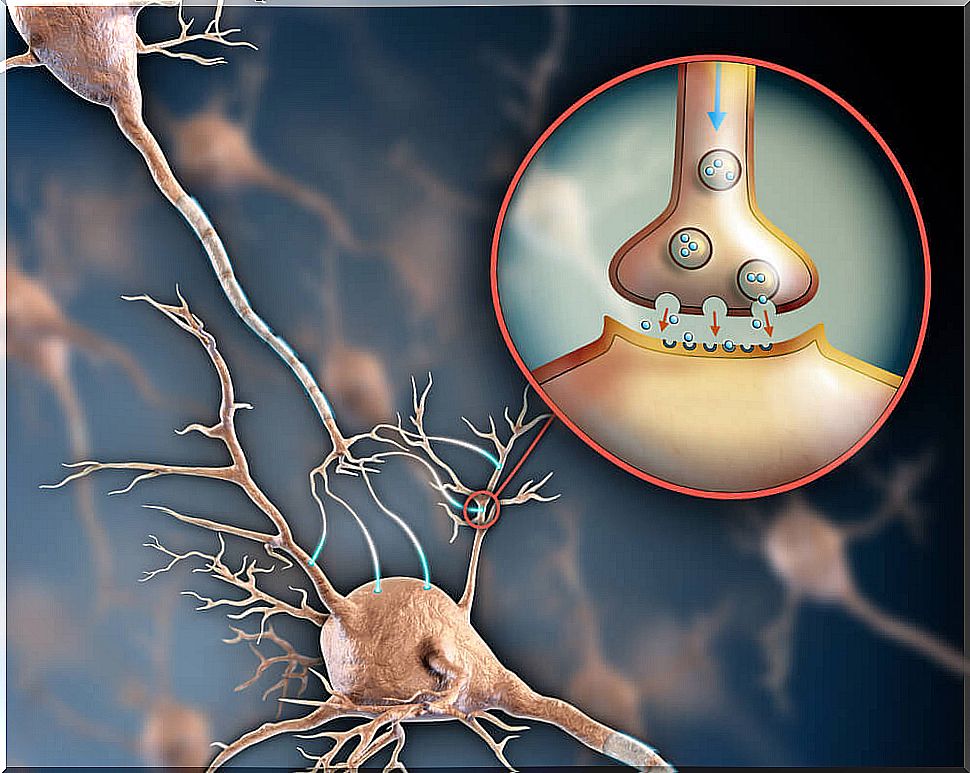What Does Science Say About Opioids?
An opioid is not the same as an opiate. While it is understood in popular thinking that opioids are just the external drugs that cause addiction, that is not entirely correct.
Opioids have been used for thousands of years as pain relievers. For at least six thousand years, humanity has known its pain-relieving properties. Later, in the year 1086, the substance known as morphine could be chemically isolated.
Science has progressively discovered that humans have internal systems to interact with opioids. And those receptors scattered throughout the body are there for physiological reasons. Thus, we must distinguish between two concepts:
- Opioid: this term is used for all substances, whatever their origin, that can bind to an opioid receptor in the body.
- Opiate: they are substances derived from opium that have opioid action. As such, they are not found naturally within the human being. We can take morphine as an example.
All opiates are opioids, but not the other way around. Some opioid substances that circulate in the blood, such as endorphins, are natural, and are not derived from opium, so they are not opiates.
We also have a subdivision between opiates, distinguishing their natural or synthetic origin. There are opiates that come directly from the opium plant, and others that are artificially manufactured. Both the pharmaceutical industry and the world of designer drugs develop these synthetic products.
Endogenous opioids
There is a group of opioids that do not come from outside the body, but are intrinsic. That is, they are substances that the human body manufactures and that intervene in different natural processes in the organs.
These endogenous opioids, as they are called, were discovered by scientists John Hughes and Hans Kosterlitz in 1975. Three groups were identified:
- Endorphins
- Enkephalins
- Dynorphins
Endogenous opioids serve a variety of functions, from pain analgesia to mediating stress responses. They have also been linked to heart function and the immune system responding to infections.
The body is able to store endogenous opioids for use when it needs them. But, on the other hand, there are endogenous cannabinoids , which are substances that are manufactured when they are needed and that are not stored.

How do opioids relieve pain?
One of the great characteristics of opioids is that they are pain relievers. They calm pain in a very efficient way and several of them do not have a limit in their action, which is why they are used in chronic painful pathologies.
Endogenous opioids are also pain relievers. That is why, when we secrete more endorphins to go through a state of happiness, our pains are calmed. Or the same happens with people with osteoarthritis who suffer less pain when endorphins increase due to practicing a sport they like.
According to their analgesic action and to which receptors in the central nervous system they bind, drug opiates are classified into:
- Pure agonists: they are those that act on receptors identified with the Greek letter μ . They are strongly analgesic and cause euphoria. In this group is morphine.
- Agonists-antagonists: drugs such as nalbuphine make up this group.
- Partial agonists: buprenorphine is the quintessential example.
- Pure antagonists: these drugs are able to reverse the effect of other opiates. They are used in case of having to treat morphine poisoning. We can mention naltrexone and naloxone.

Adverse effects
As with any substance, whether natural or artificial, excess is the cause of poisoning and adverse effects. Opioids are not exempt from it.
Typically, adverse effects appear with opioids that are used as medications or recreational drugs. Endogenous opioids do not reach the point of generating these unwanted reactions because the body itself regulates them.
Among the adverse effects of opioids we can mention:
- Digestive disorders: especially constipation, since opioids tend to reduce the peristaltic movements of the digestive tract. There may also be nausea and vomiting.
- Dizziness and drowsiness
- Headache
- Sweating
- Respiratory depression: a very feared effect of opiates is the possibility that they depress respiration causing death from it. Therefore the dose of administration must be supervised.
- Addiction: Opioids are addictive, both those used as pain relievers and recreational drugs. The addicted individual experiences the urgent need to consume them and requires more and more doses to achieve the same effect. It is a great social problem that requires approaches from different perspectives, not only from the medical aspect.
Definitely
Opioids are known for their powerful pain-relieving action. In fact, thanks to their ability to treat pain, they are used for various ailments. However, their use should be done with caution, as they tend to cause addiction when used as medications. There are even those who use them as recreational drugs.








